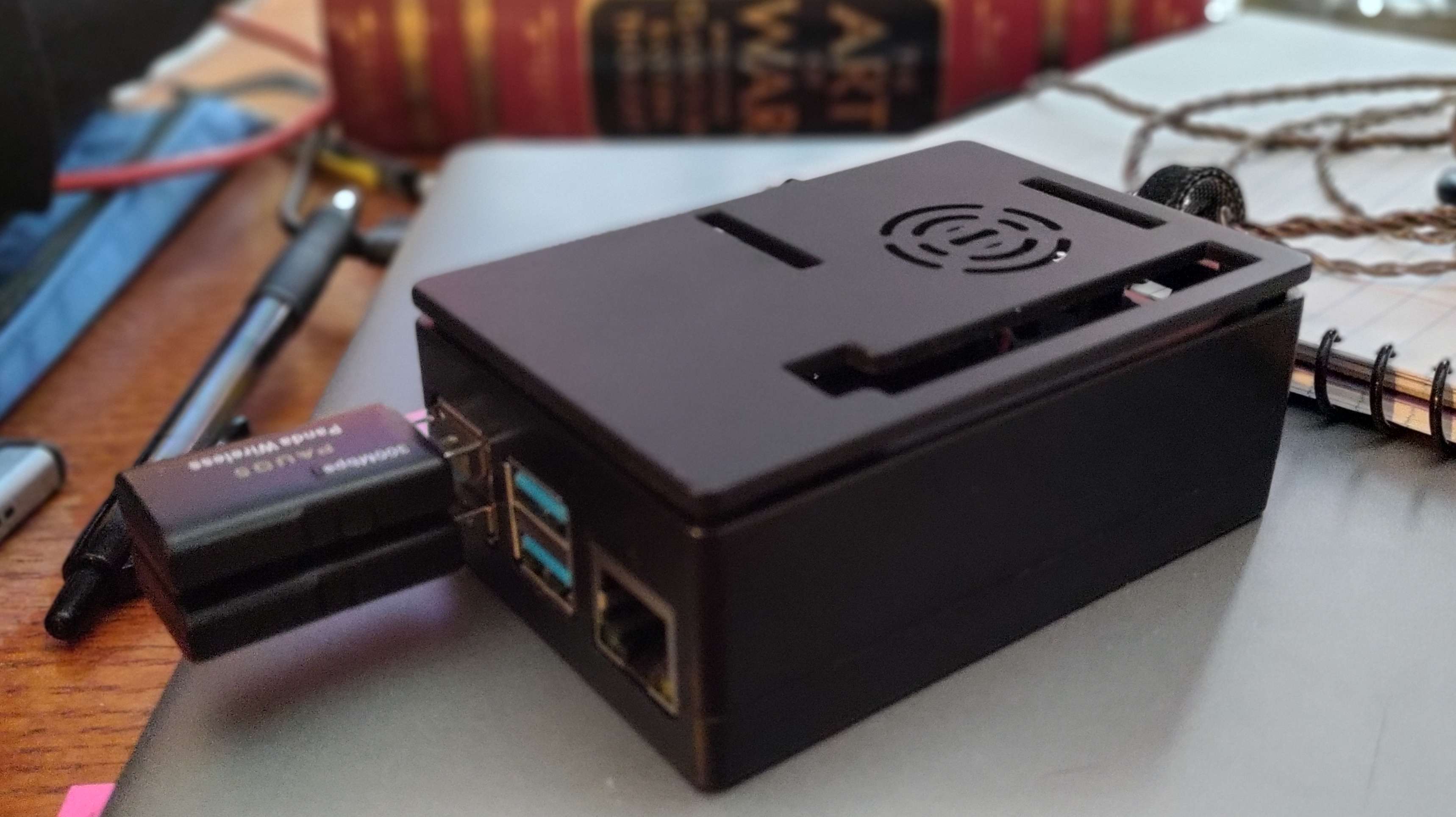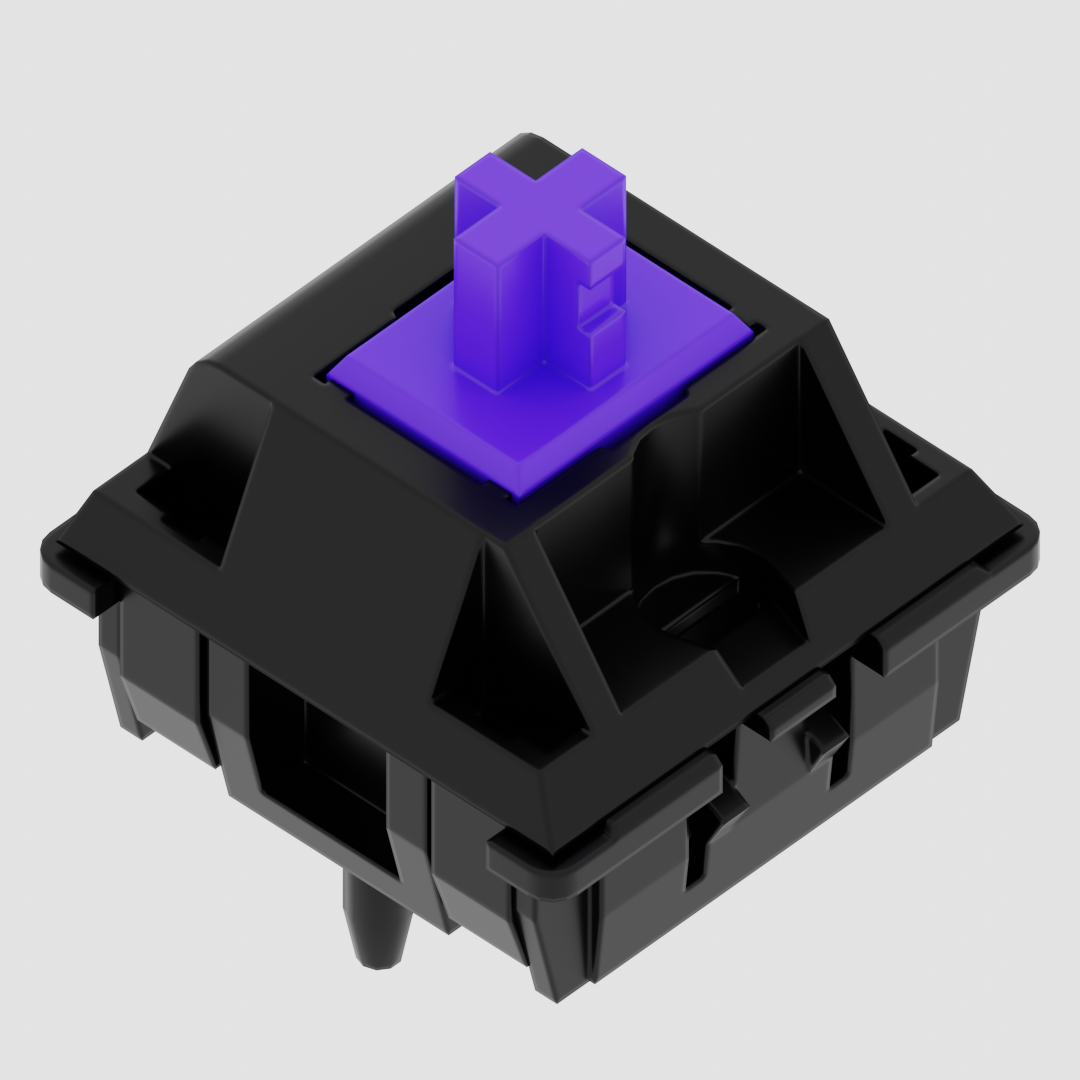- 9 Posts
- 31 Comments
Ye you are right but I was talking of 3D enclosures where you can put a zimaboard or whatever mini pc.

 1·1 year ago
1·1 year agoThe difference is that you need way more interaction. Expose a webserver on the internet and check how many requests you get from just bots.
You can control what you navigate and how to interact with the outside world, but you can’t control how the outside world will interact with your services.

 32·1 year ago
32·1 year agoDon’t expose anything from your local network to the internet (unless you want multiple new sysadmins in your house). Try tailscale instead.
Anyone knows if there is any project for a modular NAS? Have been looked into it for a while but without success

 1·1 year ago
1·1 year agoIt’s pretty funny, because from mechanicalkeyboards they suggested to post here because you have more knowledge on low profile keyboards.

 11·1 year ago
11·1 year agoDo anyone have feedback on this?
https://chosfox.com/products/chosfox-l75-keyboard-kit?variant=42798174732482
Looks promising

 12·1 year ago
12·1 year agoRow staggered but not splitted.

 01·1 year ago
01·1 year agoHow much like the corne do you want it to be?
like a normal keyboard and not split
Also, how DIY do you want to get?
As long as no soldering is required I am up for everything

 7·1 year ago
7·1 year agoWannaCry targeted hospitals, businesses and similar machines.
WannaCry targeted everything with SMB exposed, blindly.
Also, you should read more about security through obscurity, the fact that “no one will target you because you are a low-value target” is a false sense of security.

 3·1 year ago
3·1 year agoI don’t know why the author of the video didn’t mention it but LockDown mode is really useful.
At least for me the default is lockdown mode on and appropriate exceptions for websites I trust.

 3·1 year ago
3·1 year agoI believe the risk of running outdated software is super inflated and mediatic, 99% of people would be absolutely fine running a version of Android from 3 years ago or Windows 8.
That’s the same thing people running windows XP on internet were thinking in 2017.
Then WannaCry arrived and they got their data encrypted :)

 3·1 year ago
3·1 year agoPerhaps images, video, font etc. rendering could be compromised?
Yes, it already happen in the past. Also the Wi-Fi and Bluetooth stack got exploited, like multiple kernel drivers.
But it shouldn’t be a matter of “in the past was X exploited?” but more on having a correct security posture.
Honestly if you are arguing about wasting a “perfectly working phone” you should blame it on the vendor, especially Android devices vendors have this let’s say “defect” of dropping the support after 4/5 years.
Also not going to talk about custom ROMs (with the super rare exclusion of some) managed by god knows who, without any security team behind.
Since even the NFC and Cellular Network stack got vulnerabilities the only way you would consider an old phone “safe” to use is just turning it into the equivalent of a local ARM server.
Also pretty fun seeing the replies in the original post talking about how Google Play store shouldn’t have malware on it.

 6·1 year ago
6·1 year agoDo anyone knows if it support local-only without joining the p2p network?
 1·1 year ago
1·1 year agoAhaha I had this exact same experience. Locked out because bitwarden didn’t get the code correctly. “Luckily” the jwt token never expires so I was able to log back in without the 2FA.

 5·1 year ago
5·1 year agoSo in the end you got removed… I honestly have no idea how they want to do an IPO like that

 2·1 year ago
2·1 year agoI was thinking about that just today, I have something like 30+ services running on a single compose file and maintenance is slowly becoming hard. Probably moving to multiple compose file.

 5·1 year ago
5·1 year agoThanks. I have never seen the last thing, what the numbers indicates?

 9·1 year ago
9·1 year agoWhat am I looking at?





A raspberry with Adguard + unbound, a zimaboard with truenas scale running the -arr suite, nextcloud, homeassistan, homarr, headscale and caddy 2x2TB nvme and 3x 4tb HDD I recently got a new PC and I think I will convert it to being part of the homelab, it has a ryzen 7 3xxx and a 2070 super.